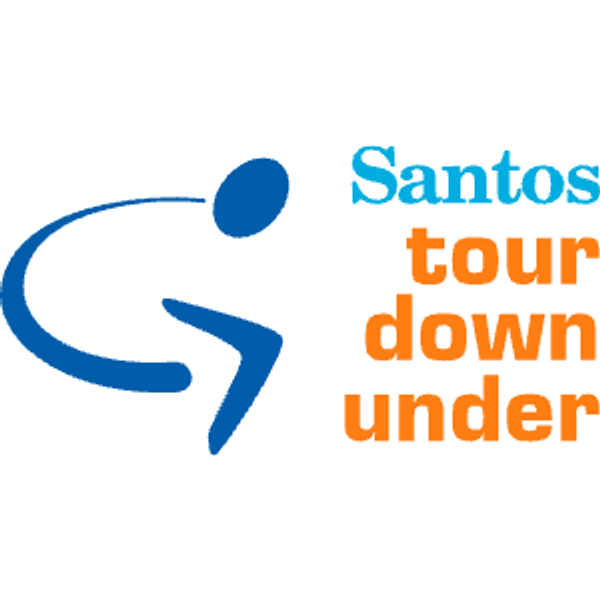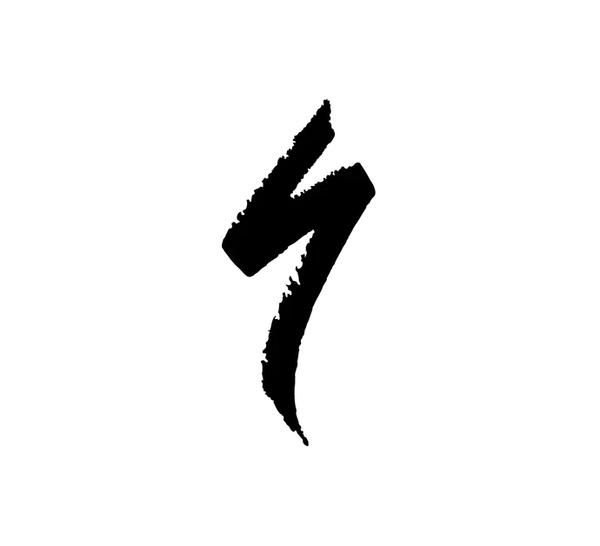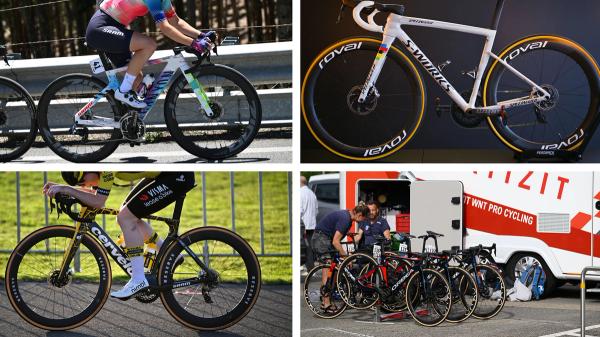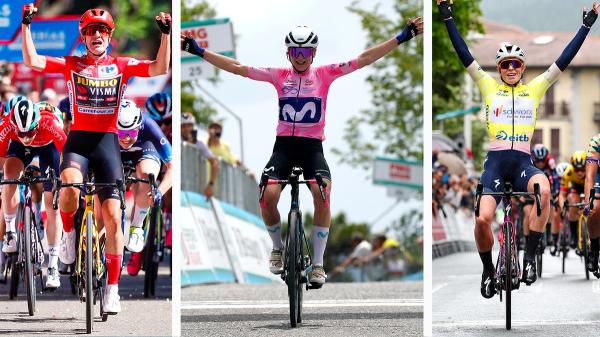Which WorldTour pro bike is the lightest and which is the heaviest?
Alex and Ollie take a look at how much teams could be at a disadvantage based purely on the weight of the bikes they ride
Alex Hunt
Junior Tech Writer
WorldTour bikes represent the crème de la crème of bike tech and the pinnacle of performance-driven design. Even though every manufacturer is looking to achieve the same goal of making the fastest and lightest bikes some get closer to the UCI’s 6.8kg minimum weight limit than others. Lucky for us, Alex Paton took his trusty scales with him to the Santos Tour Down Under to find out exactly how much the bikes of the WorldTour weigh.
Interestingly the theme across all the team bikes weighed was that they were considerably heavier than you might expect. Out of the 18 bikes weighed only one came in at under 7kg and that was only by a handful of grams.
This shows a complete shift from five years ago when bikes would consistently come in below the 6.8kg minimum limit and needed to have weights added around the bottom bracket or inside the seat post to bring them up to the required weight.

© GCN
The pro's can only dream of having access to bikes this feathery with the UCI's minimum weight limit preventing bikes being used in competition weighing less than 6.8kg
There are a few technological considerations that have in part contributed to this across-the-board increase in weight, such as disc brakes and non-tubular tyres. There has also been a trend to focus on other areas of a bike's performance, for example, aerodynamic optimisation has put less emphasis on the weight of a bike.
Read on to find out exactly which team is rolling on the lightest bike in the peloton.
What does the difference in weight mean?
The difference of nearly a whole kilo between the lightest and heaviest WorldTour bikes sounds like a lot but does that translate into a meaningful disadvantage out on the road?
Ollie has been crunching some numbers and calculated the difference this would present to a 70kg rider on the Tour de France’s most iconic climb, Alpe d’Huez, and at an output of 6w/kg.
Although the results are not earth-shattering to us mere mortals, it is enough to change the results of a race quite dramatically. For the same power, the heavier bike would complete the climb 26 seconds slower than the lightest one. That could easily make the difference between winning or losing on the climb.
This equates to a four-watt difference, which throughout a single climb is not a significant increase in output. However, if you zoom out over a stage with multiple climbs or a whole Grand Tour, the total additional energy expenditure is something that will add up.
Bora-Hansgrohe claim the crown as EF Education-EasyPost top the scales
Scoping his way around the team buses at the Tour Down Under, Alex was able to get a weight for each of the men's WorldTeams in attendance. Remember, these are not the claimed weights by the manufacturers, but the true weights which the teams were racing in Australia. Without further ado, here is the list from lightest to heaviest!
- Bora-Hansgrohe / Specialized SL8 / 6.98kg
- Groupama-FDJ / Wilier Filante SLR / 7.08kg
- Soudal Quick-Step / Specialized SL8 / 7.17kg
- Jayco AlUla / Giant Propel / 7.24kg
- dsm-firmenich PostNL / Scott Foil / 7.28kg
- Cofidis / Look 795 Blade RS / 7.32kg
- Ineos Grenadiers / Pinarello Dogma F / 7.35kg
- UAE Team Emirates / Colnago V4RS / 7.4kg
- Arkéa-B&B Hotels / Bianchi Specialissima / 7.41kg
- Bahrain Victorious / Merida Reacto / 7.43kg
- Decathlon AG2R La Mondiale / Van Rysel RSR / 7.45kg
- Alpecin-Deceuninck / Canyon Ultimate / 7.48kg
- Movistar / Canyon Aeroad / 7.54kg
- Astana Qazaqstan / Wilier Filante SLR / 7.57kg
- Visma-Lease a Bike / Cervélo S5 / 7.59kg
- Lidl-Trek / Trek Madone / 7.61kg
- Intermarché-Wanty / Cube Litening Aero / 7.76kg
- EF Education-EasyPost / Cannondale SystemSix / 7.78kg
It is important to note that, for some of these teams, Alex weighed the aero bikes, which are naturally heavier than the climbing bikes. For example, EF Education-EasyPost also stock the lighter Cannondale SuperSix EVO in their fleet.
Could teams get the weight of their bikes down to 6.8kg?
A number of teams have strayed away from having a dedicated aero and lightweight bike, instead opting to use an all-rounder bike that blurs the difference between these categories. These sit at the mid-seven kilo mark highlighting a measurable disadvantage when compared to teams that can hop on a super light bike for mountainous stages. The question is, could these teams put their bikes on a diet to bring them closer to the elusive 6.8kg limit?
Ollie has had a look at the equipment choices for one of these teams - Ineos Grenadiers - to see how much weight they could drop.
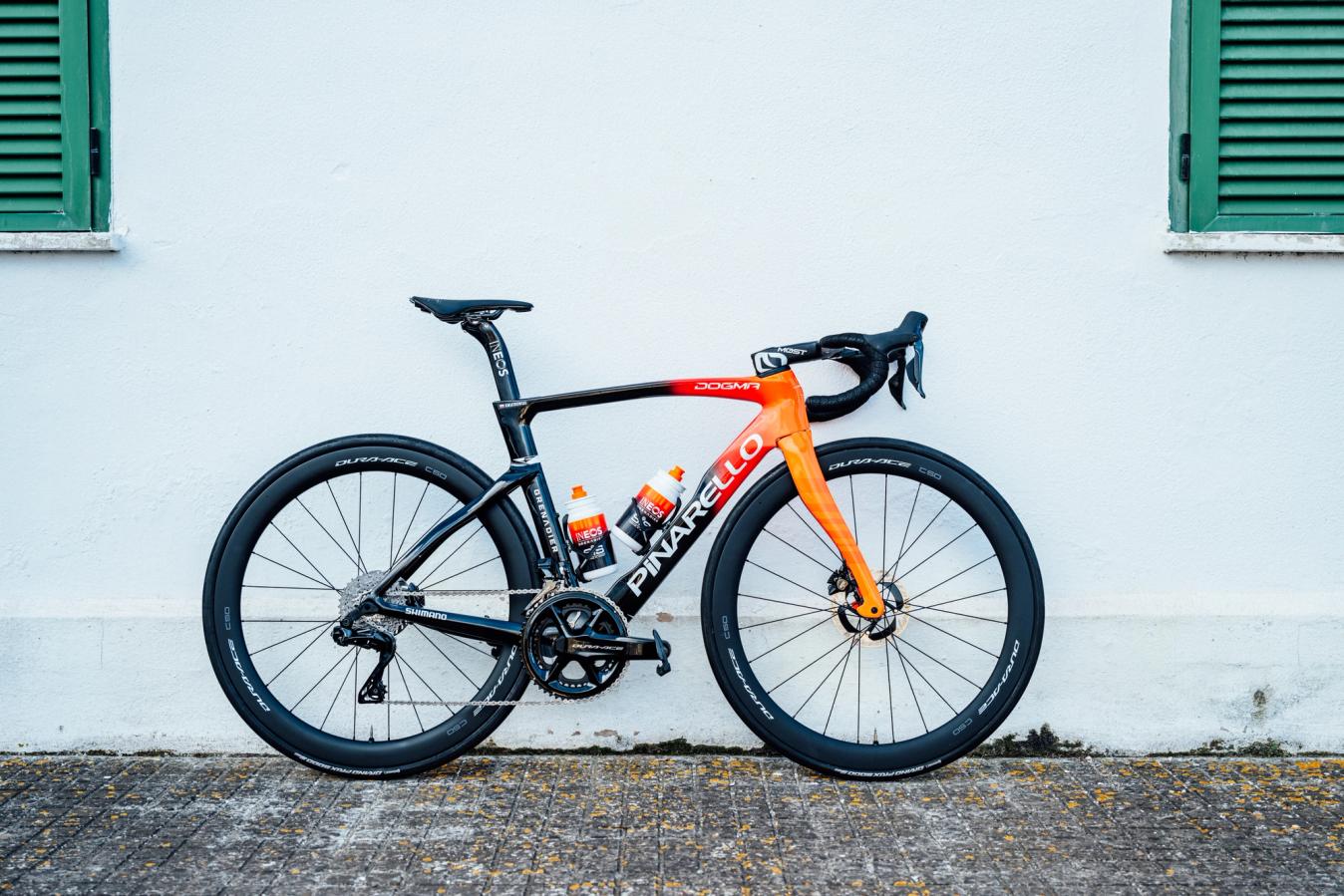
© Ineos Grenadiers
Ineos Grenadiers have only one bike at their disposal which does present a weight penalty over some of the specifically lightweight models other teams can use
The first place Ollie sees the potential for significant weight saving is with the Shimano Dura-ace power meters. These tip the scales at around 750 grams, whereas switching to something like Rotor's twin power power meter would save over 200 grams alone. Elsewhere the Dura-ace pedals are almost 100 grams heavier than Speedplay’s Nano Ti pedals. For the Ineos set up these two choices alone would bring the bike under 7kg.
Something else Ollie points out that can be a source of unwanted weight is the team's saddle choice. Some of the lighter saddles on the market are over 100 grams lighter than some of the more commonly used saddles within the professional peloton. Although comfort is key for some teams, lighter versions of the same shape saddle are available for at least some of the riders.
It doesn’t take too much digging to find equipment choices that most teams could use (sponsor permitting) that could see the weight of the bikes drop significantly. For a lot of teams, they are governed by sponsor-appropriate equipment, whereas for others the weight of a component is not necessarily the deciding factor above comfort or aerodynamics.
If you want to take a deeper look at the bikes of the pro peloton make sure to check out our pro bike section of the website. We would love to hear how much your bikes weigh and also roughly how much they cost to see how they stack up to the pro bikes.




